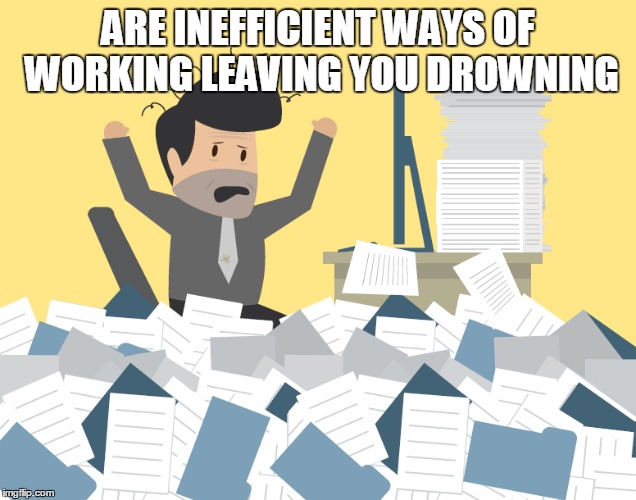
Anyone who has worked as part of a team knows collaboration isn’t always easy. It requires communicating with others and having visibility into what’s happening, all while balancing changing requirements, shifting deadlines and varying execution styles. This becomes even more challenging when you consider that your average person works on more than one project at a time and often on more than one team at any given time.
Complicating collaboration efforts even more, according to a recent study conducted by Appleseed Partners, 33% of workers say that everyone is using different work collaboration tools to get tasks done. What’s more, today’s teams rely heavily on email to share documents and to understand project status. Unsurprisingly, 73% of participants said that email is their primary collaboration tool, followed by spreadsheets (62%) and the phone (53%). However, none of these methods ensure teams have access to the information they need to complete their tasks, or provide the insight managers need to efficiently allocate workloads and prioritize tasks.
Given all these moving parts, how does anyone keep track of actions and tasks?
I’ve talked to multiple people and teams across different industries that are facing these same issues. And in an attempt to regain control and improve collaboration, teams are adopting a plethora of work collaboration tools, intranets, and apps. So what happens next? Teams bounce back and forth from one tool to another — wasting time, duplicating effort, creating frustration – and holding back team efficiency.
According to the research, teams want engaging, easy-to-use tools that let them keep track of what they’re working on, collaborate with others, and provide transparency to leadership about their performance, all without too much fuss. Four must have’s surfaced to the top as requirements:
- Document sharing
- Project planning, scheduling, charting, and milestone tracking
- Workload visualization
- A dashboard to track multiple projects
We all want to work smarter not harder. Work collaboration tools can minimize waste, streamline communication and accelerate decision making, allowing teams to collaborate effectively, and work smarter, not harder.
I recommend reading the Survival Guide Series for Successful Work Management to take your collaboration efforts to the next level. Your team will thank you for it.

![A Global Collaborative Work Management Blueprint [Video]](https://blog.planview.com/wp-content/uploads/2019/07/A-Global-Collaborative-Work-management-blueprint.png)


